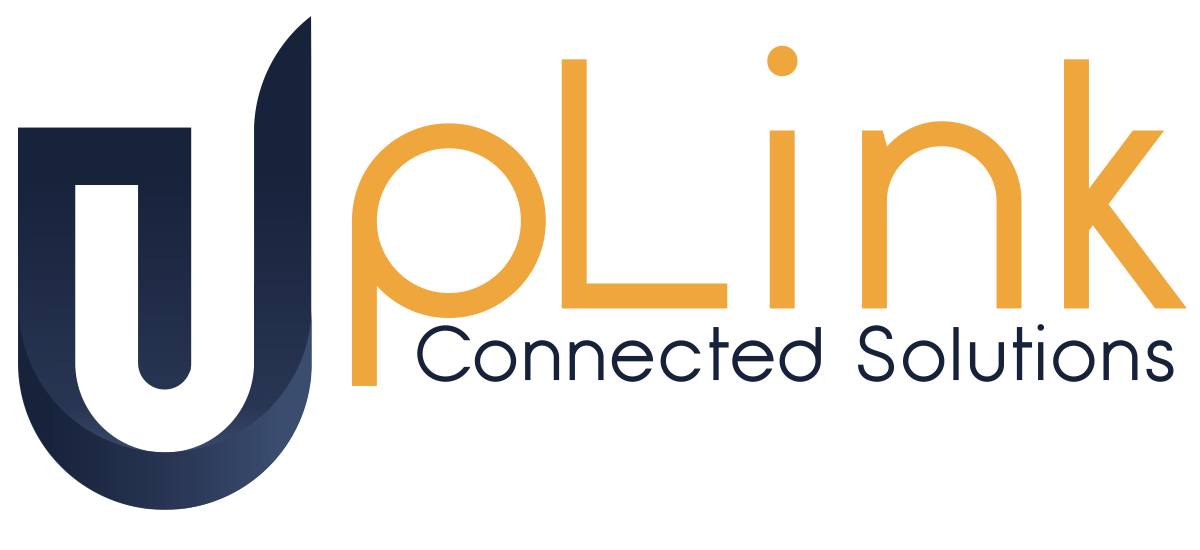A call center’s success depends on its ability to provide excellent customer service and support. To assess the quality of a call center, it’s important to use mathematical parameters that accurately reflect its performance. In this blog, we’ll discuss some of the key mathematical parameters that are commonly used to measure the quality of a call center.
Average Handle Time (AHT): AHT is the average amount of time that it takes for an agent to handle a customer call, including the time spent on hold, speaking to the customer, and after-call work. A low AHT indicates that agents are resolving customer issues efficiently and effectively.
First Call Resolution (FCR): FCR measures the percentage of customer calls that are resolved during the first interaction with the call center. A high FCR rate indicates that agents are able to resolve customer issues quickly and effectively, reducing the need for follow-up calls.
Abandonment Rate: The abandonment rate measures the percentage of customer calls that are disconnected before they are answered by an agent. A low abandonment rate indicates that customers are able to reach the call center easily and that wait times are manageable.
Average Wait Time (AWT): AWT is the average amount of time that customers spend waiting for an agent to answer their call. A low AWT indicates that customers are able to reach the call center quickly and that wait times are manageable.
Customer Satisfaction (CSAT): CSAT measures customer satisfaction with the call center experience. This can be assessed through surveys or other feedback mechanisms, such as Net Promoter Score (NPS). A high CSAT score indicates that customers are satisfied with the level of service they receive from the call center.
Occupancy Rate: The occupancy rate measures the percentage of time that agents are actively handling customer calls. A high occupancy rate indicates that agents are efficiently handling customer inquiries, while a low occupancy rate may indicate a need for additional staffing.
By regularly tracking these mathematical parameters, call centers can assess their performance and identify areas for improvement. For example, if the abandonment rate is high, the call center may need to invest in technology that improves call routing and reduces wait times. If the CSAT score is low, the call center may need to provide additional training to agents or improve processes to ensure that customer issues are resolved effectively.
In conclusion, the use of mathematical parameters is essential for accurately measuring the quality of a call center. By regularly tracking key parameters, call centers can assess their performance and identify areas for improvement, enabling them to provide better customer service and support.
If you want to ensure your operations are always running at maximum performance, let’s connect!


